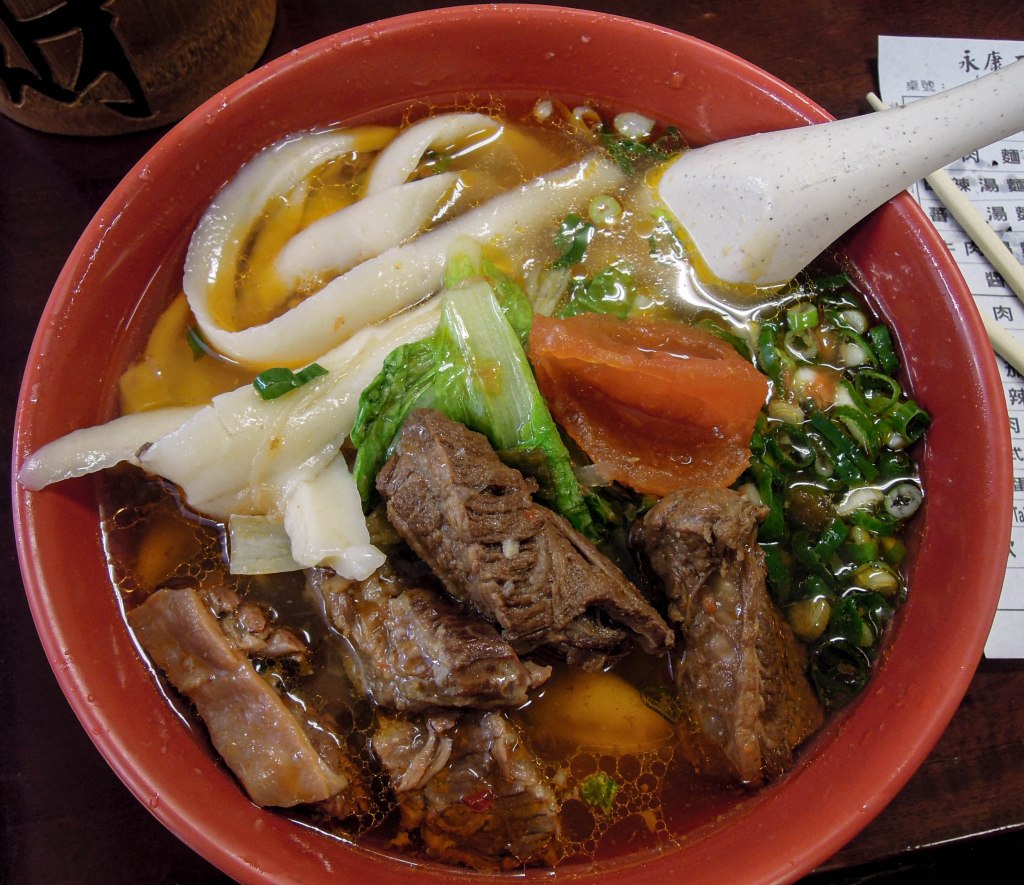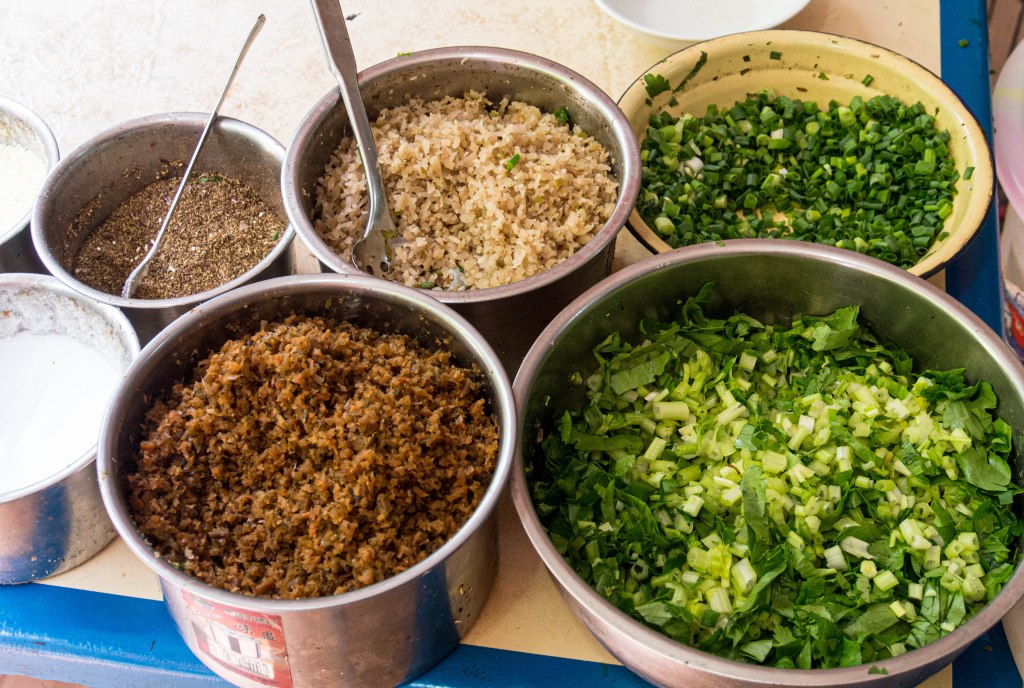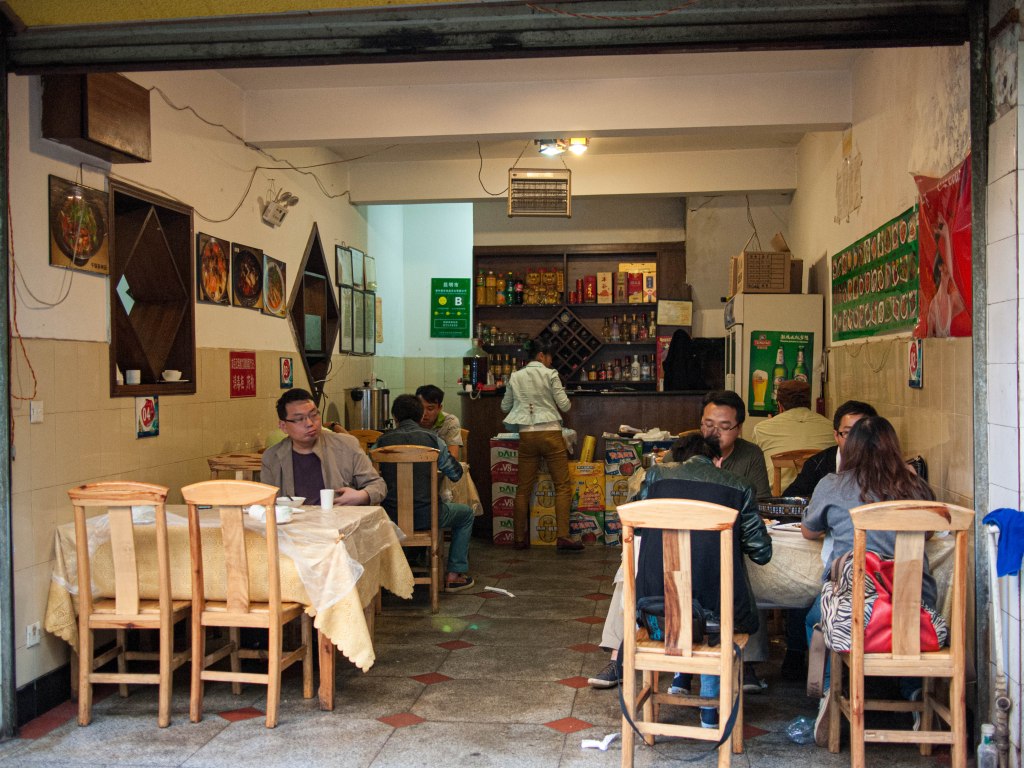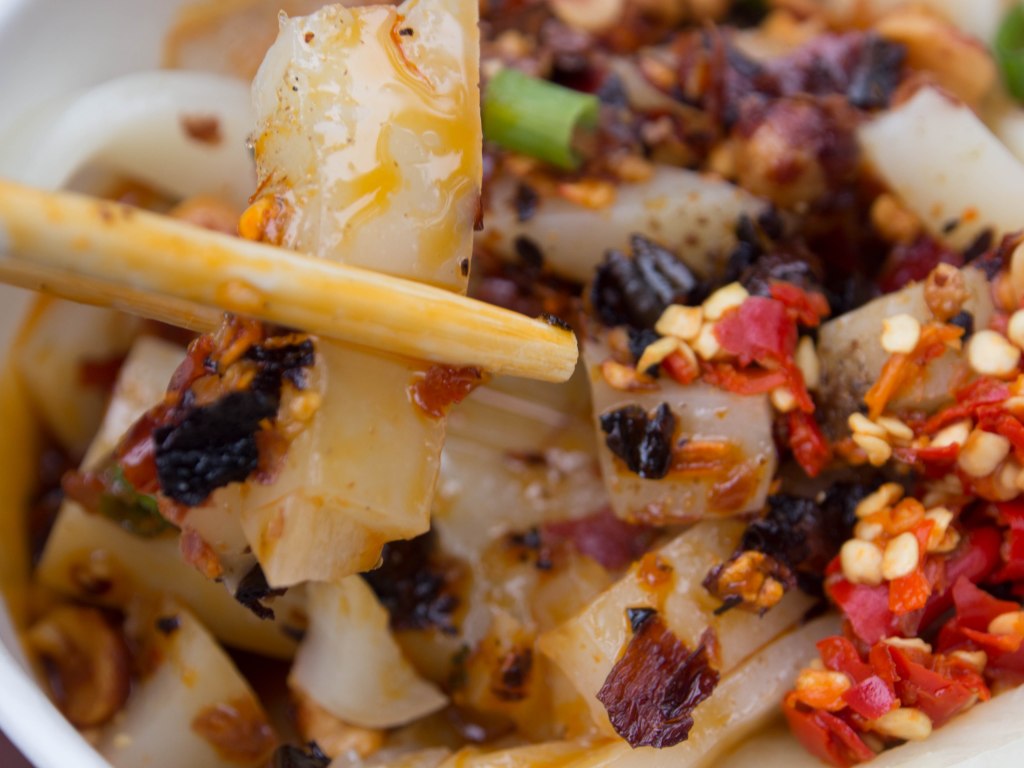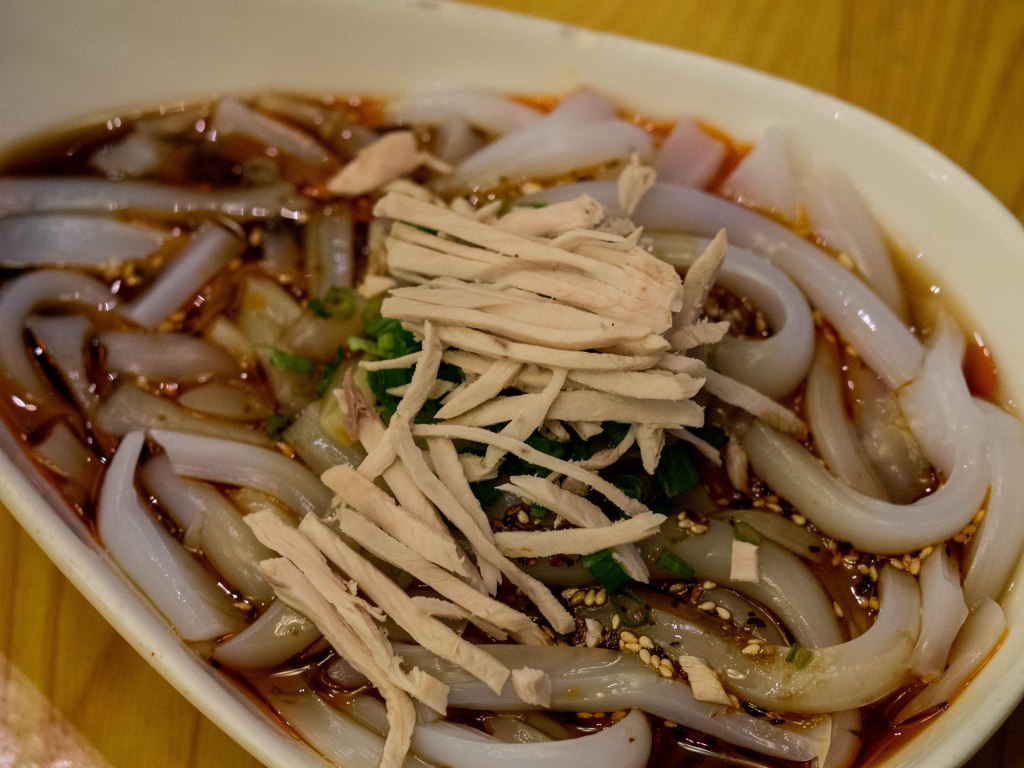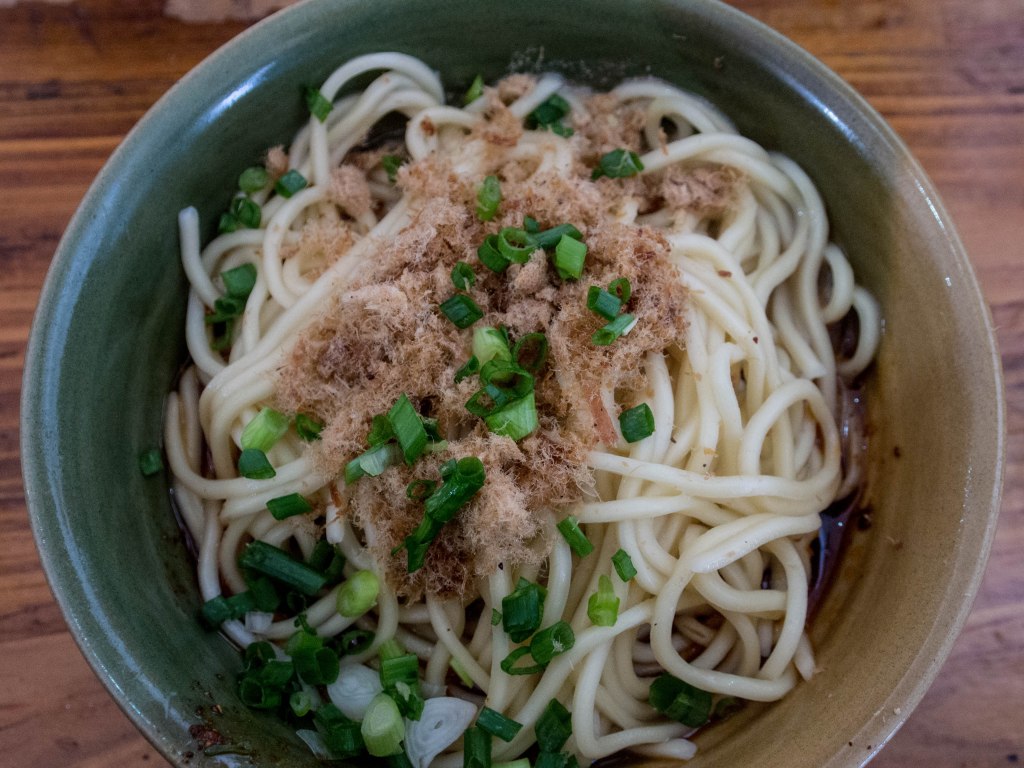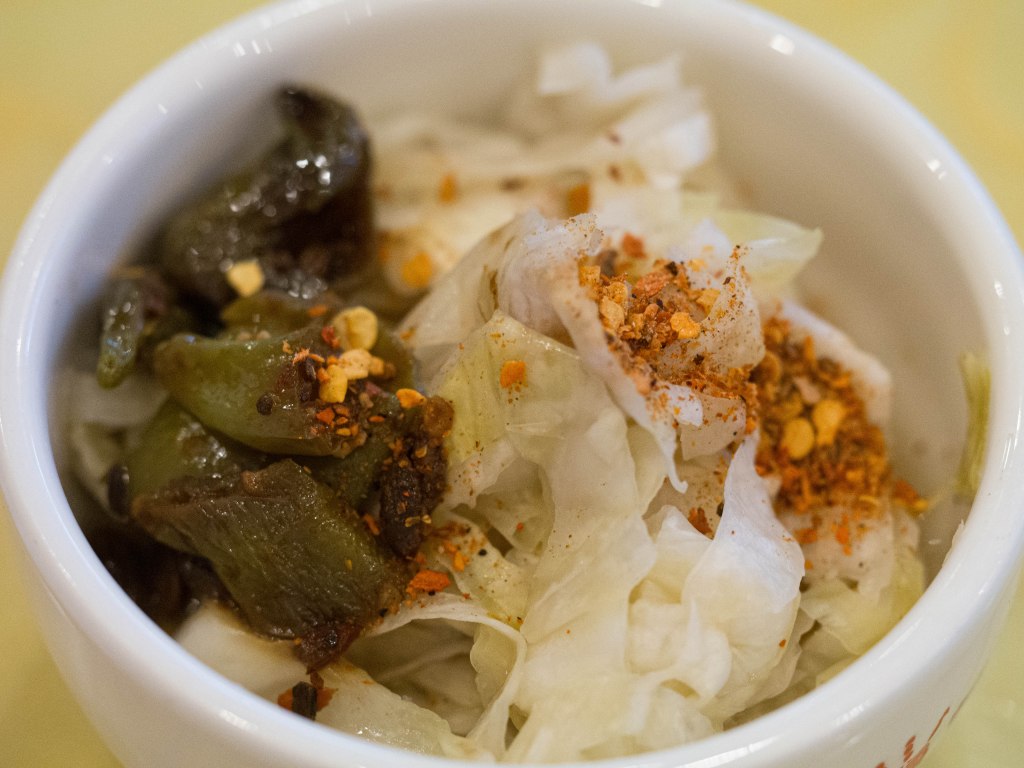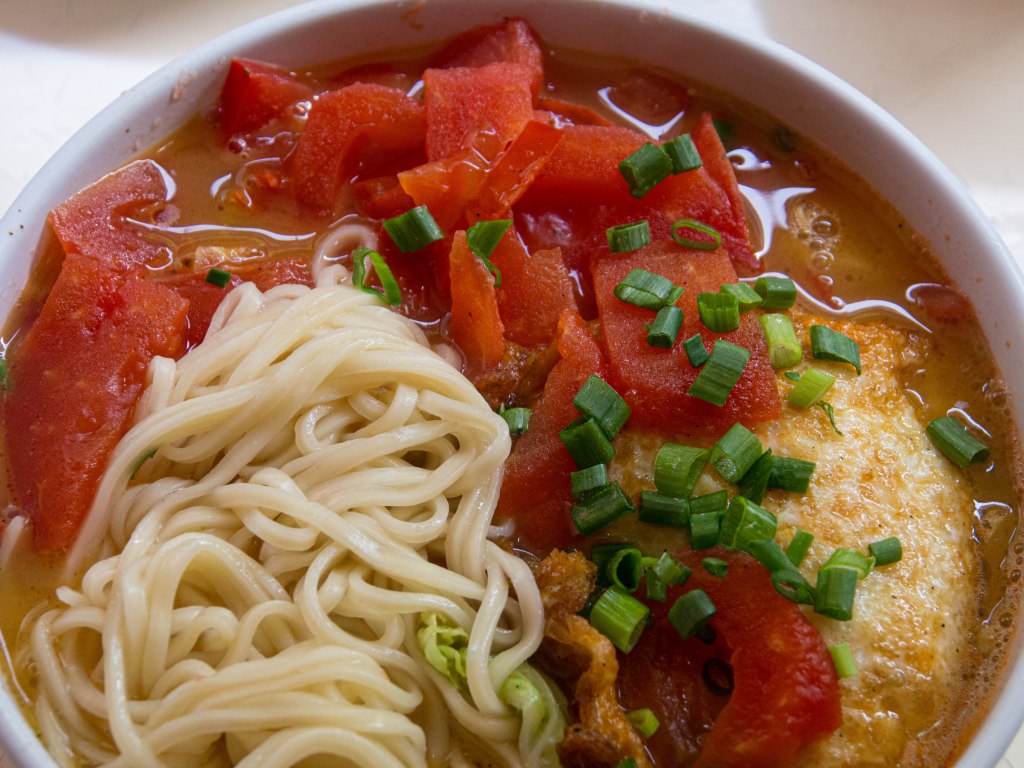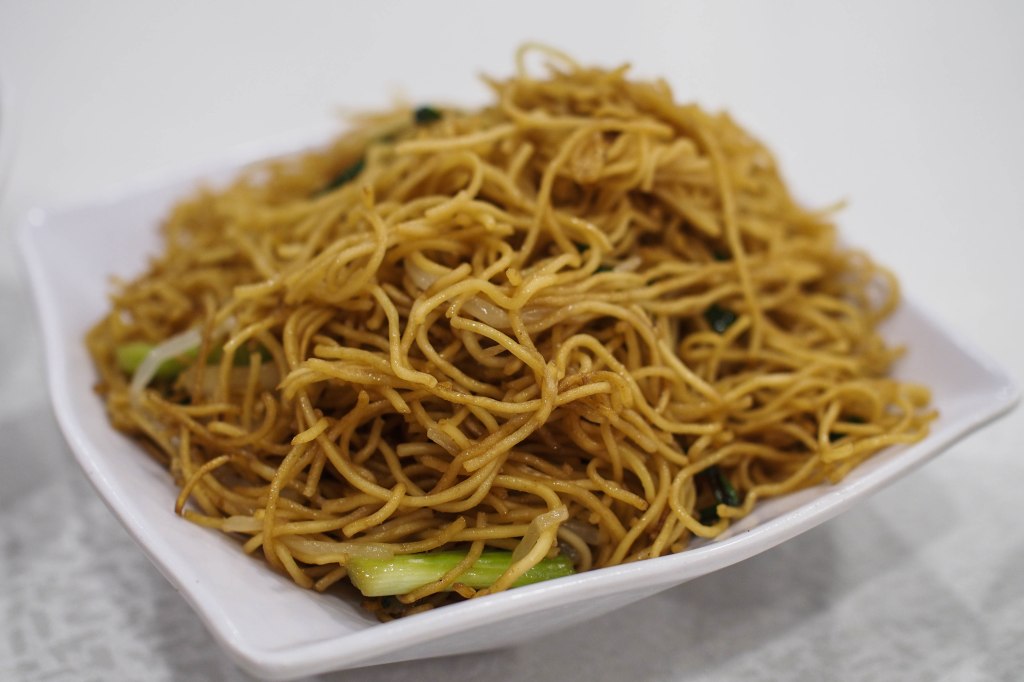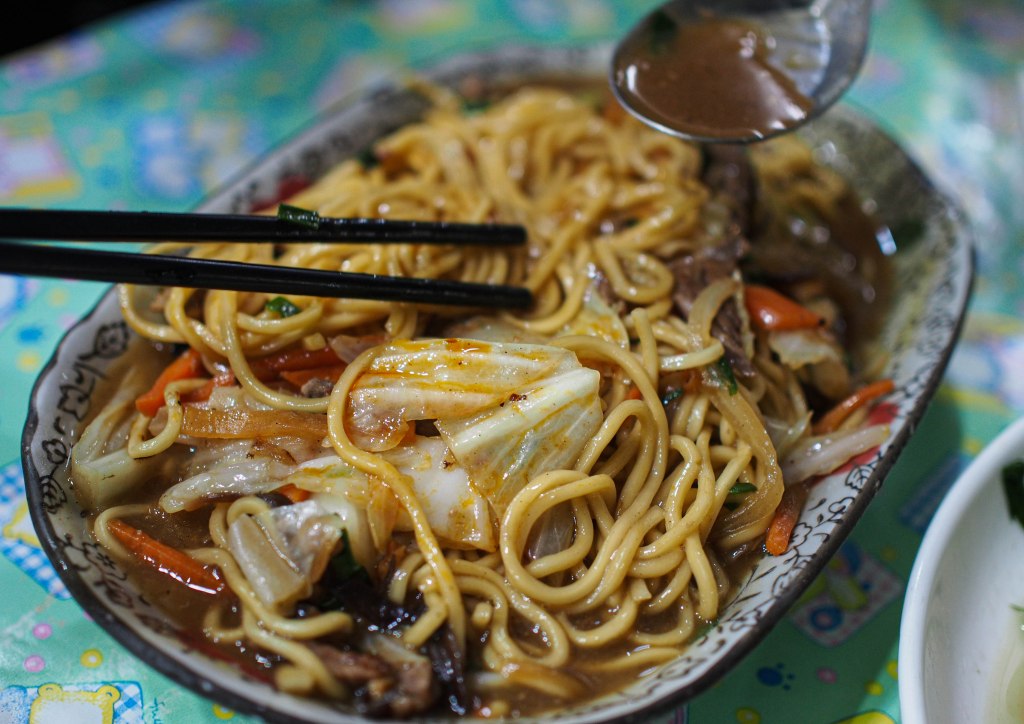
My colleague and friend, Professor Henrietta Yang at tthe University of Mississippi, and I have been working on this book for the past 4+ years. It was finally published a couple weeks ago by Rowman & Littlefield Publishers. It is available at Amazon, Barnes and Noble, and wherever else you get your books.
I directed a study program at Nanjing University in the Mainland for 20+ years. With the political situation deteriorating and the Covid pandemic, we, along with many other American universities pulled our students out of Mainland China and discontinued our program there. We hope to go back in the future. We have since established programs in Taiwan. In recent years there has been renewed interest in studying and workling in Taiwan and many Chinese language programs have relocated to the island.

Before Mainland China opened up to foreigners in the early ’80’s nearly all the Chinese language programs were in Taiwan and the vast majority of Chinese scholars before that time have spent time in Taiwan, either initially studying Chinese or doing research. Taiwan has world-class Chinese language programs and has a vibrant, modern, sophisticated , and open society. The first chapter of the book presents several good reasons why you should consider traveling, studying, or working in Taiwan.

We also cover who lives in Taiwan and how they self identify, how to get around, the food scene, living in Taiwan including how to find housing, studying, with tips and strategies to make your time worthwhile, working and interning in Taiwan, and final chapter on Taiwan’s diverse geography with some suggestions on what you should see while you are there. This isn’t a typical travel guidebook listing names of hotels and so on. It is intended for the individual who plans to spend time there and go deeper. It is sprinkled with Chinese (both pinyin and characters) for those who know Chinese or are learning. That way, you learn how to identify food items, place names, and so on.
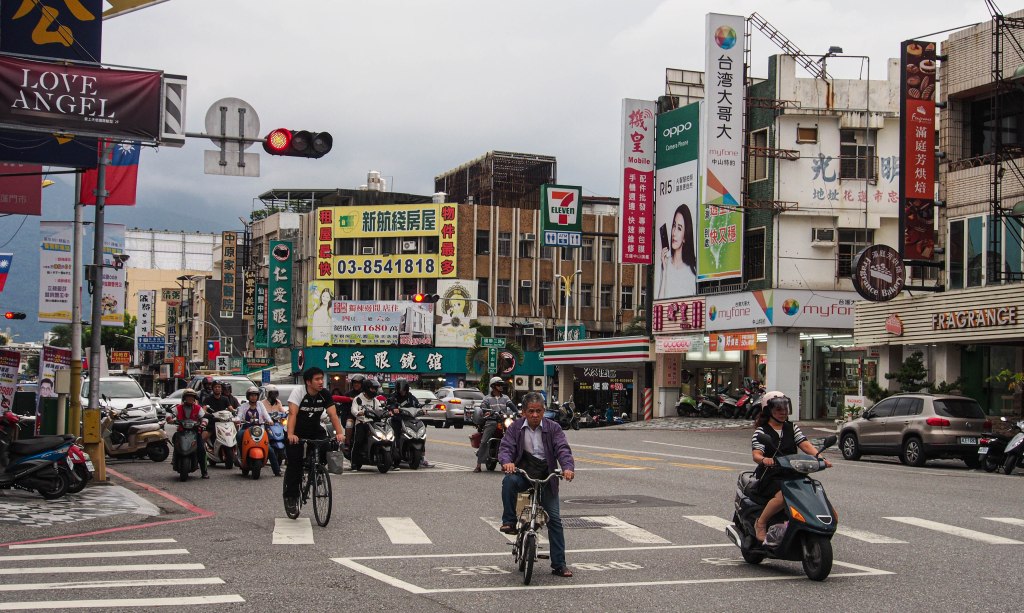
Taiwan has deep roots with traditional Chinese values. It is a free and open society. The country has countless temples, almost in every neighborhood, and they are used as places of worship and not tourist sites.

The food scene in Taiwan is spectacular. With so much outside influence in Taiwanese cuisine (Japanese, Korean, Mainland China, the West), much of the food is a really interesting fusion.
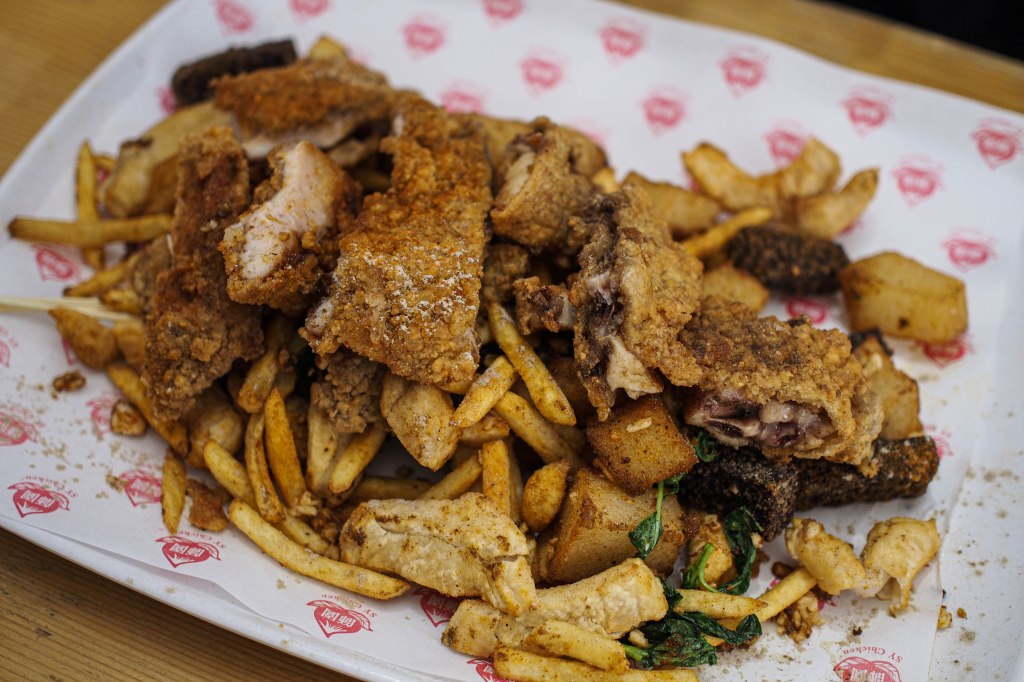


Finally, Taiwan is a beautiful and diverse place, from the bustling cities to surfing in the far south. There is a great deal of outdoor activities to enjoy.

So, go to Taiwan. You won’t regret it. And the book will help you navigate the intricacies of life in Taiwan.



